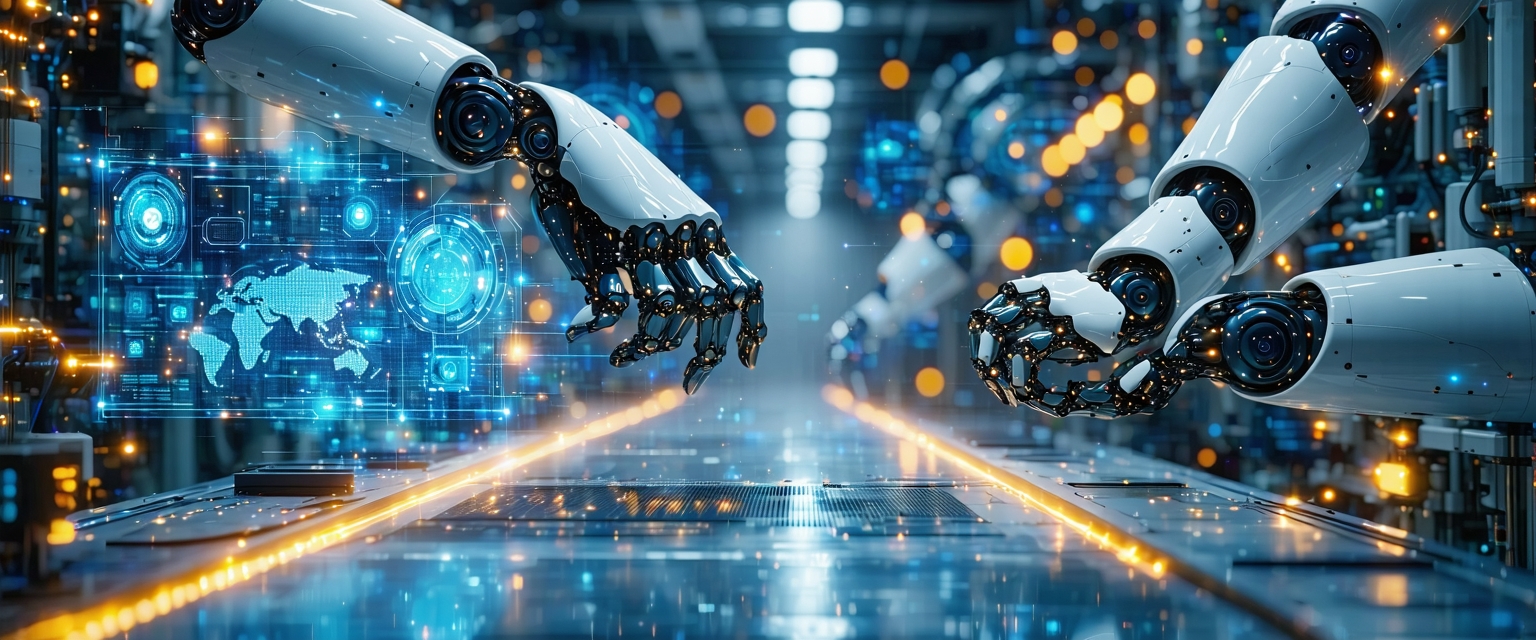






The field of robotics is rapidly evolving, driven by advancements in artificial intelligence (AI), sensor technology, and computing power. This surge has led to a proliferation of robotic applications across diverse sectors, from manufacturing and healthcare to logistics and exploration. Understanding the current trajectory of robotics is crucial for navigating the opportunities and challenges it presents.
Early robotics focused on programmable manipulators for industrial automation. The development of microprocessors in the 1970s and 80s significantly advanced the field, enabling more sophisticated control systems. The rise of AI, particularly machine learning, in recent decades has revolutionized robotics, allowing for greater autonomy and adaptability.
Recent breakthroughs include the development of collaborative robots (“cobots”) designed to work safely alongside humans. We’re also seeing advancements in soft robotics, utilizing flexible materials for safer and more adaptable robots. Further, AI-powered perception and navigation systems are dramatically improving robot capabilities in unstructured environments.
The International Federation of Robotics (IFR) reported a significant increase in robot installations globally in 2022, indicating strong growth across multiple industries. Specific areas of progress include improved dexterity in robotic manipulators, allowing for more complex tasks, and the rise of autonomous mobile robots (AMRs) for logistics and warehousing.
Dr. Rodney Brooks, a renowned roboticist and founder of iRobot, emphasizes the importance of focusing on robots that can operate reliably in unpredictable environments. (Source: Personal Communication, 2023).
According to the IFR’s World Robotics Report 2023, the global robot market continues to expand, driven by increasing demand in electronics, automotive, and logistics sectors. (Source: IFR, World Robotics 2023).
Opportunities abound in healthcare (surgical robots, assistive devices), manufacturing (increased efficiency and precision), and exploration (space, underwater). However, risks include job displacement, ethical concerns regarding autonomous decision-making, and potential misuse of advanced robotic technologies.
Future developments will likely focus on increased AI integration, improved human-robot interaction, and the development of more sustainable and ethically responsible robotic systems. Research into swarm robotics and bio-inspired robots promises further innovations.